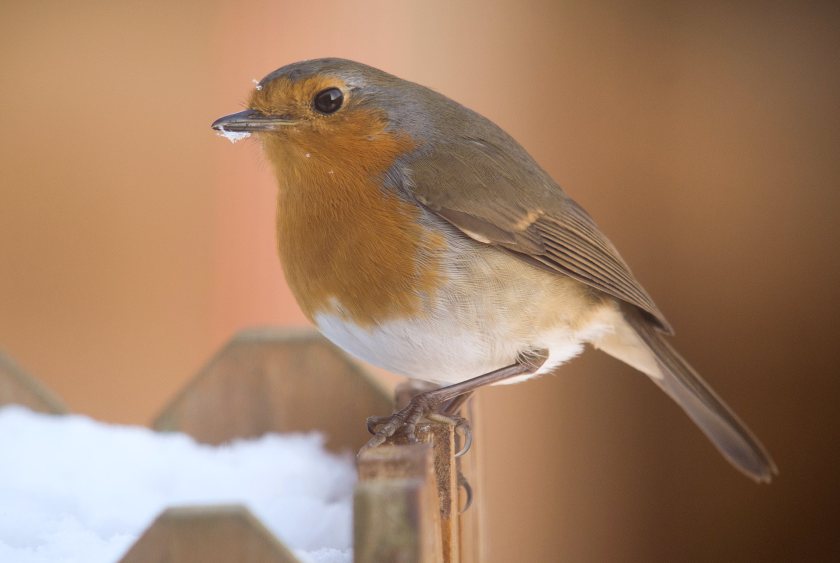
Farmers are being asked to spend 30 minutes of their time recording the farmland birds they see on their land as part of an annual initiative.
The Big Farmland Bird Count returns in 2021, and organisers are asking farmers and land managers - who look after 71% of Britain's countryside - to join in.
The project helps show which farmland birds are benefitting from conservation efforts while identifying the species most in need of help.
The annual count, run by the Game & Wildlife Conservation Trust (GWCT), is scheduled for the 5 – 14 February 2021.
Dr Roger Draycott, organiser at the GWCT, said many farmers were 'already doing fantastic work' to support and conserve the UK's native species.
Measures undertaken include supplementary feeding through winter, or growing crops specifically to provide seed for birds, which 'often goes unrecognised'.
"The Big Farmland Bird Count gives them a chance to see the results of their efforts and provides a crucial national snapshot of the health of the UK’s farmland birds,” Dr Braycott said.
The NFU is sponsoring the Big Farmland Bird Count for the third year running, with President Minette Batters highlighting how farmers were 'working hard' to improve farmland birds.
“Last year saw record numbers of farmers braving stormy weather to take part and record many different threatened species of farmland birds," she said.
“I would encourage all farmers to take part so we can again pull together a vital national snapshot of the state of the nation’s farmland birds.”
Despite the pandemic and poor weather, 2020’s Big Farmland Bird Count saw record numbers of people taking part - over 1,500 participants recorded more than 120 species across 1.4m acres.
The event also saw more counts returned by ‘farmer clusters’, or groups of farmers working together on conservation projects, providing species data at a wider landscape level as well as at individual farm level.
Dozens of species from the Red List for Birds of Conservation Concern were recorded in 2020, with nine of them appearing in the 25 most commonly seen list.
Nine birds were recorded in the most abundant species list, including fieldfares, starlings, linnets and lapwings.
Blackbirds and woodpigeons were the most seen species in 2020, followed by robins, blue tits and pheasants.
